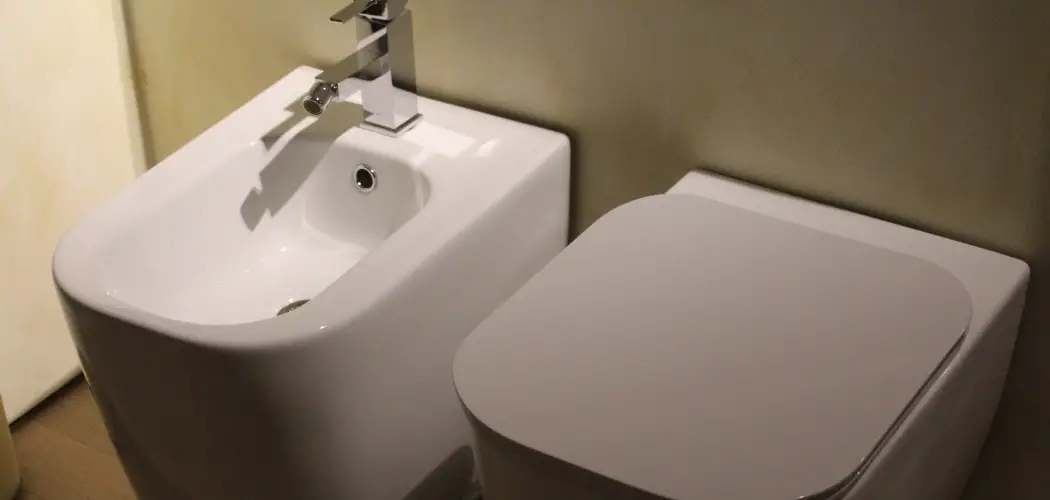Plumbing systems are essential to the function of any home. If your sink drain is routed through the floor, it’s important to understand how it works and how to maintain it properly. Knowing to plumb a sink drain through the floor can help prevent future costly repairs and keep your plumbing system running smoothly for years to come.
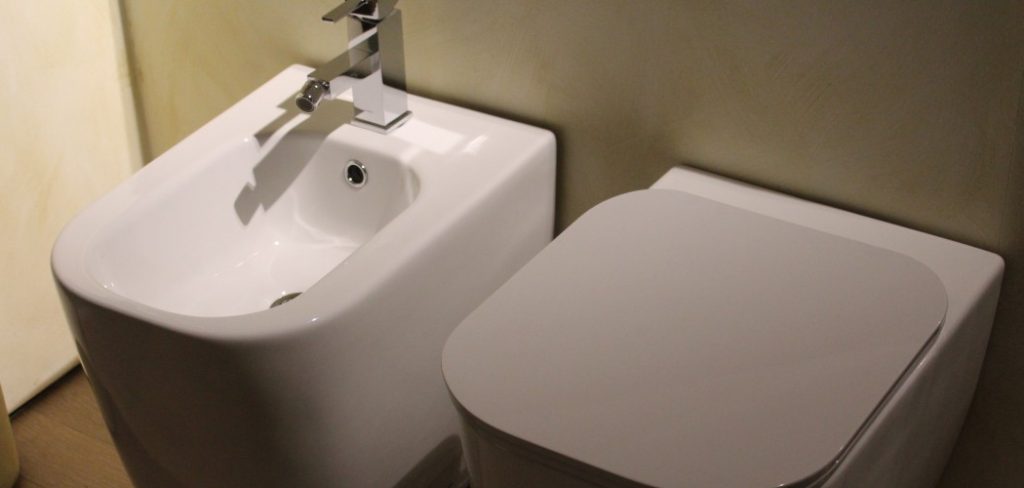
Plumbing a sink drain through the floor offers many advantages over traditional methods. So, we need to learn How to Plumb a Sink Drain Through the Floor. First, plumbing the sink drain through the floor eliminates the need for large amounts of piping and fittings that would be necessary if plumbing to a wall-mounted connection. This can save both time and money during installation. Secondly, since most sinks are placed on or near the floor, running a drain line through the floor makes it easier to access in case of repairs or modifications. In this blog post, You will learn in detail how to plumb a sink drain through the floor.
Tools You Will
- Measuring tape
- Wrenches
- Pliers
- Pipe wrench
- Hammer
- Screwdriver
- PVC saw or hacksaw
- Level
- Adjustable wrench
- PVC primer and cement
Step-by-Step Processes for How to Plumb a Sink Drain Through the Floor
Step 1: Inspect the Plumbing Beneath
Before starting the project, inspect the existing plumbing beneath the floor. Check for any signs of damage or leaking. Assemble all necessary tools and materials that are needed for completing this project. These would include pipes, pipe wrenches, elbows, traps, drain connectors, sink clamps, a putty knife, a hacksaw, and plumbing tape.
Step 2: Cut a Hole in the Floor
Use a hole saw to cut out the desired hole size needed for routing the pipes through the floor. Make sure to wear protective eyewear while doing this. Lay out the pipes and other supplies before starting to work. This will make it easier to understand how they all fit together.
Step 3: Connect Pipes Together
Connect the various pieces of pipe together using a compression fitting or soldered joint, depending on the type of pipe used. Make sure the connections are watertight. Install the sink trap by connecting it to the horizontal pipe and then to the vertical vent pipe. Secure both connections using a plumber’s tape or a soldered joint.
Step 4: Connect Sink Clamps
Connect the sink clamps to the drainpipe and then to the sink drain. Tighten the connection with a pipe wrench to make sure it’s secure. Apply the plumber’s putty around the sink drain, then slide it into place. Make sure it is securely in place before moving on to the next step.
Step 5: Connect to the Drain
Connect the drainpipe to the main drain by using a compression fitting or soldered joint. Make sure the connection is watertight. Once all of the connections have been made, test for any leaks by running water through both sinks and checking underneath for any signs of leaking. If everything is in good condition, the project has been successful.
Now you know how to properly plumb a sink drain through the floor with these simple steps. With a bit of patience and effort, anyone can do it.
Tips for How to Plumb a Sink Drain Through the Floor

- Make sure to shut off the water main before beginning work on your sink drain. This prevents any water from coming up through the pipes while you’re working and flooding your home.
- Wear protective glasses when working near sharp objects such as tools or pipes, as they can easily cause injury if not handled properly.
- Always wear gloves when working with plumbing parts to protect your hands from sharp edges and chemicals.
- Make sure to have adequate ventilation while in the work area, as strong fumes can accumulate at times due to the use of certain types of caulking or adhesives.
- Take precautions when drilling holes through the floor, as there might be wiring or objects in the way that could pose a hazard.
- Be sure to follow local building codes when working on your sink drain, as some may require you to use certain types of materials or take other precautions.
- Use proper tools and techniques for cutting pipes, such as cutting with a hacksaw or using a pipe cutter. Never try to cut through pipes with a knife or other sharp objects.
- Dispose of any scraps and materials properly and safely, as they may be hazardous if not handled correctly.
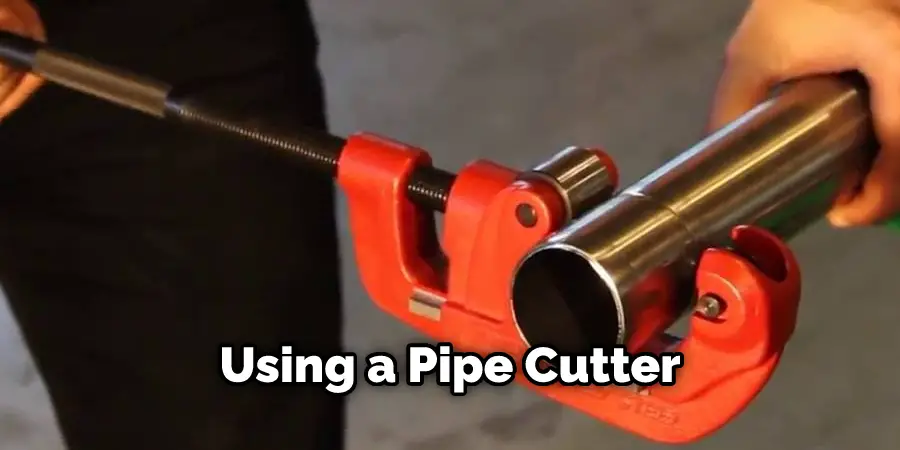
Following these tips will help ensure that your sink drain installation is done safely and correctly. If you are unsure of any of the steps or safety precautions, it is best to consult a professional plumber for assistance.
How Do You Prevent Leakage From the Sink Drain When It Passes Through the Floor?
When you plumb a sink drain through the floor, it is important to ensure that leakage does not occur. To do this, you must follow some basic steps and use the correct materials for the job. First, measure and cut the PVC pipe for your sink drain opening on the floor. Make sure to leave enough room at either side of the opening to ensure a proper seal when you put in your drain pipes.
Next, attach an appropriate trap adapter to one end of the PVC pipe, and then use a rubber coupling on both ends of the pipe. Place the sink drain into position between the floor and the trap adapter. Make sure that it is level with all sides before securing it in place with the rubber coupling.
Finally, seal the connection points around the drain pipe and trap the adapter with a silicone caulk or rubber putty. This will ensure that no water can escape from the sink drain when it passes through the floor. Once everything has been sealed properly, you are ready to connect your sink drain to your plumbing system. By following these steps and using the right materials, you can easily plumb a sink drain through the floor without any leaks or other issues.
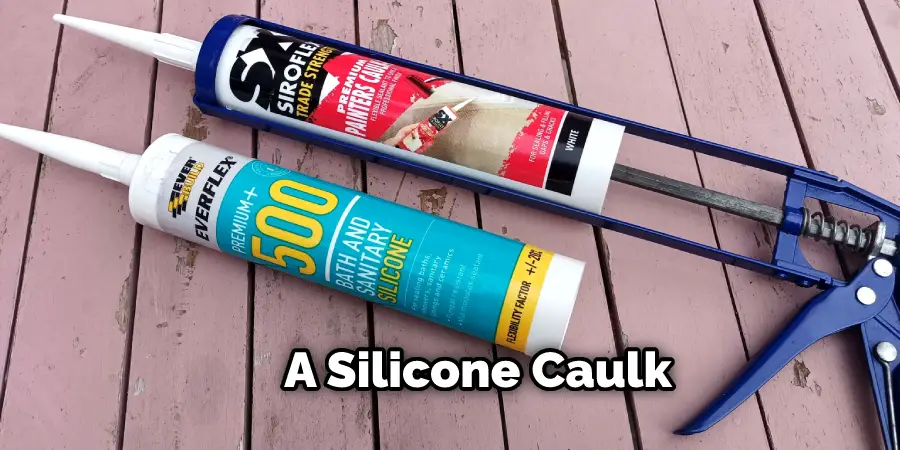
Is There Anything Else You Need to Consider Before Starting This Project?
Before you start the work of plumbing a sink drain through the floor, there are several things to consider. First, you should ensure that your local building codes allow for this type of installation. In some areas, certain types of plumbing installations must be completed by licensed plumbers. Additionally, you should check to see if any permits are necessary for your project. You should also assess the condition of the flooring, as well as any surrounding surfaces. If you need to install a new pipe in a finished area, you may need to make some alterations to run the drain correctly. In some cases, this may require cutting into walls or ceilings.
Additionally, it is important to note that it may be necessary to make changes to the existing plumbing in order for the new installation to work. Finally, you should be aware of any possible safety hazards that could arise as a result of your home improvement project. Make sure that all tools and materials are used correctly and safely, and pay close attention to the instructions provided by the manufacturer.
How Do You Test the Sink Drain to Make Sure It is Properly Connected and Functioning Correctly?
Once the sink drain has been connected and fastened correctly, it is important to test that it is functioning correctly. To do so:
- Fill the sink with water to check for any leaks or weak connections. Ensure the connections are not loose and there are no visible holes in the pipes or fittings.
- Once the sink is full of water, plug the drain with the strainer stopper and let it sit for a few minutes. If any water leaks out from underneath the sink, this indicates that connections are not sealed properly.
- Unplug the stopper and ensure that all the water drains quickly and without a mess.
- If the sink drains slowly, check to ensure the trap isn’t clogged or blocked by any debris. This can be done by unscrewing the trap and cleaning out any particles or blockages that may have collected in it over time.
- Turn on all of the faucets to check for proper water pressure and flow. If all of the fixtures are working correctly, the drain should be functioning as it should.
Once you have tested that everything is connected properly and functioning as expected, your sink drain through the floor is ready to use.
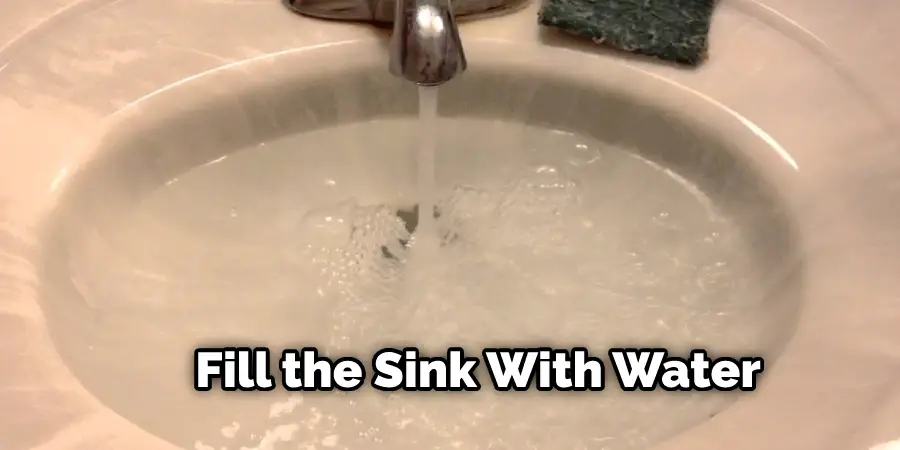
Conclusion
One of the main disadvantages of plumbing a sink drain through the floor is that it requires professional plumbing work. This means that if you are not experienced with this type of plumbing work, you will most likely have to hire someone knowledgeable and experienced to do it correctly. Additionally, depending on your location, this could cost considerable money.
In conclusion, plumbing a sink drain through the floor requires some basic knowledge of plumbing and tools. The main steps involve measuring and marking your space, cutting and fitting the drain pipes, connecting to the wall drains, testing for leaks, and connecting the trap. I hope this article has been beneficial for learning how to plumb a sink drain through the floor. Make Sure the precautionary measures are followed chronologically.

